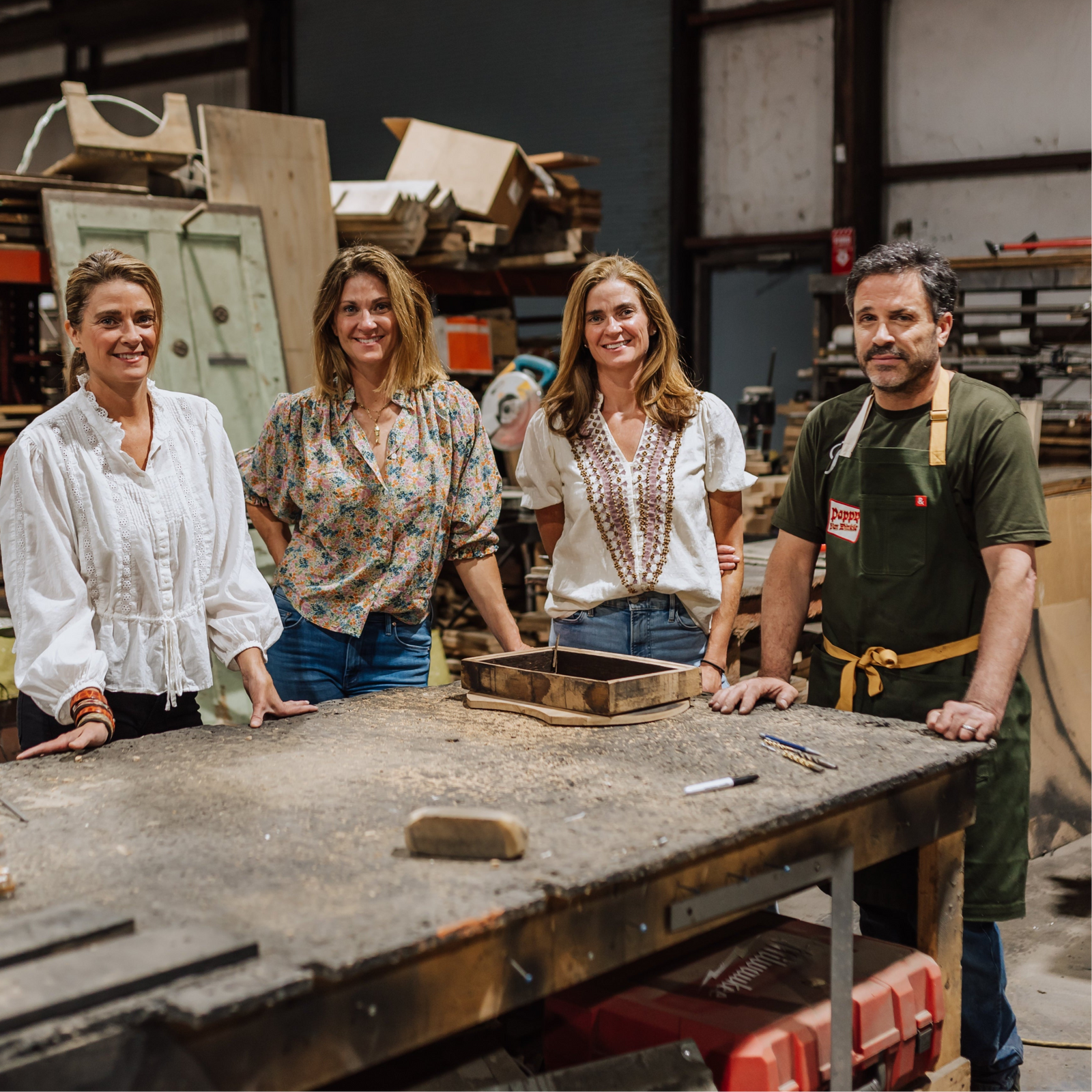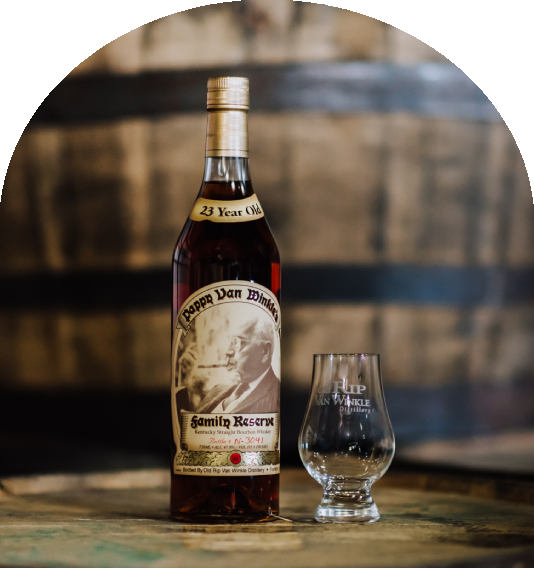Like many of us, new to the world of tobacco, cigars can be confusing; especially when it comes to understanding their many shapes and sizes. There are two key elements when we refer to a cigar’s size: its overall length and ring gauge. Ring gauge refers to the diameter of a cigar, but it is important to note that cigar sizes do not necessarily determine something like strength, which is ultimately determined by the overall blend of tobaccos used.

The category we are going to focus on in this post are Parejos. These are the shape people are most are accustomed to seeing, and are classified by straight-sided cigars that can be either rounded in shape or box-pressed.
Among our cigar offerings these include:
- Corona (available in our Barrel Fermented blend)
- Churchill (available in our Barrel Fermented and Tradition blends)
- Robusto (available in our Barrel Fermented and Tradition blends)
- Toro (available in our Barrel Fermented and Tradition blends)
- Gordo (available in our Barrel Fermented blend)

Corona: The golden standard by which most other sizes are measured against. Traditionally they are measured at about 5 ½ -6 inches long, with a ring gauge somewhere around 43-44.
Churchill: Legend has it, this was the only size of cigar that Sir Winston Churchill himself proudly puffed on. Truth is… that is not entirely true. The statesman was known to enjoy a variety of shapes and sizes, although he was rather fond of this classic Cuban configuration. A larger version of the Corona family format, the churchill traditionally measures 7 inches with a 47 ring gauge.
Robusto: Short, fat, and one of the most popular sizes in North America. Generally these are measured about 4 ¾ -5 ½ inches long, with a 48-52 ring gauge.
Toro: Another wildly popular size, traditionally they measure between 5 ½-6 inches, and around 46-50 on ring gauge.
Gordo: Demand for "ultra fat" sized cigars has gained tremendously among premium cigar brands. Our largest cigar format is the Gordo, with a 60 ring gauge, made for bolder smokers seeking a longer smoking experience.

In our next post we will talk about some of our other specialty sizes including:










